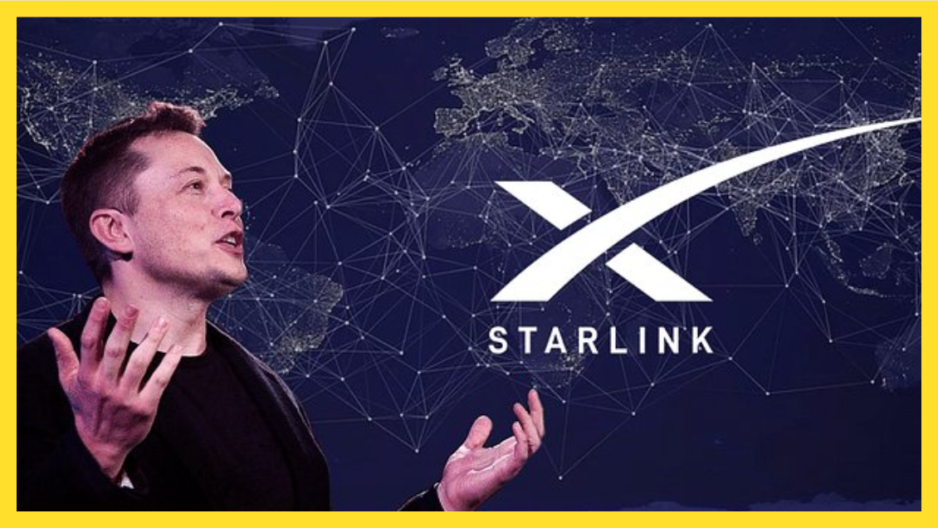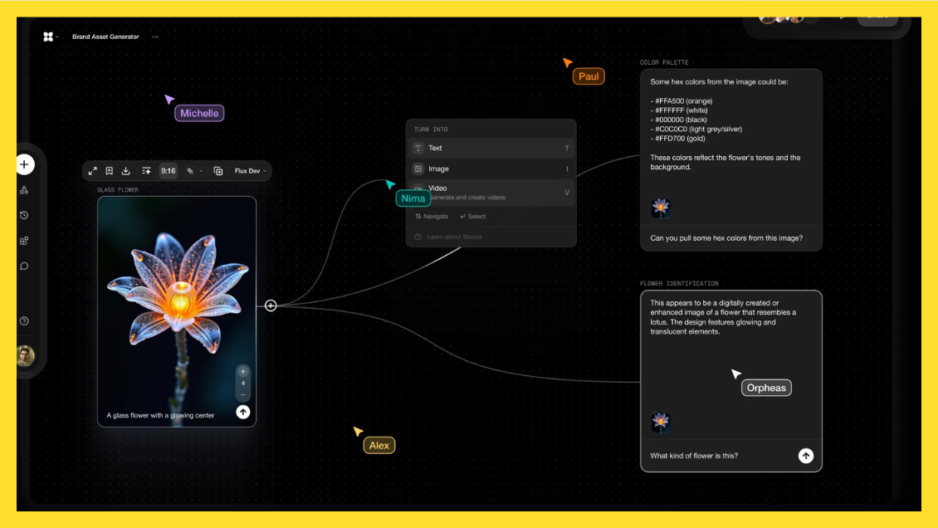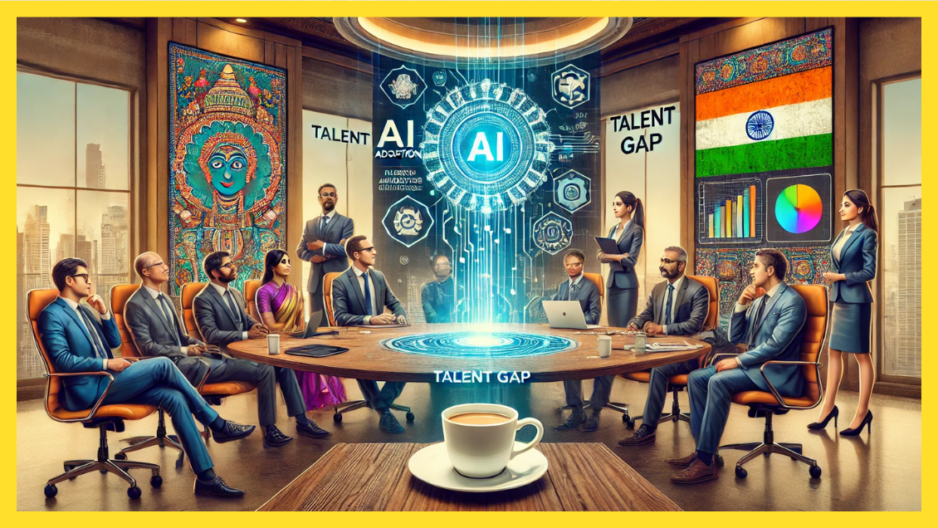Microsoft is gearing up to rival OpenAI with its own AI models, dubbed ‘MAI,’ for Microsoft 365 Copilot. Led by Mustafa Suleyman, the team is testing these advanced models, which match OpenAI’s benchmarks, and exploring third-party options like xAI. A potential API release later this year could shake up the AI scene.
Read more on YourStory










